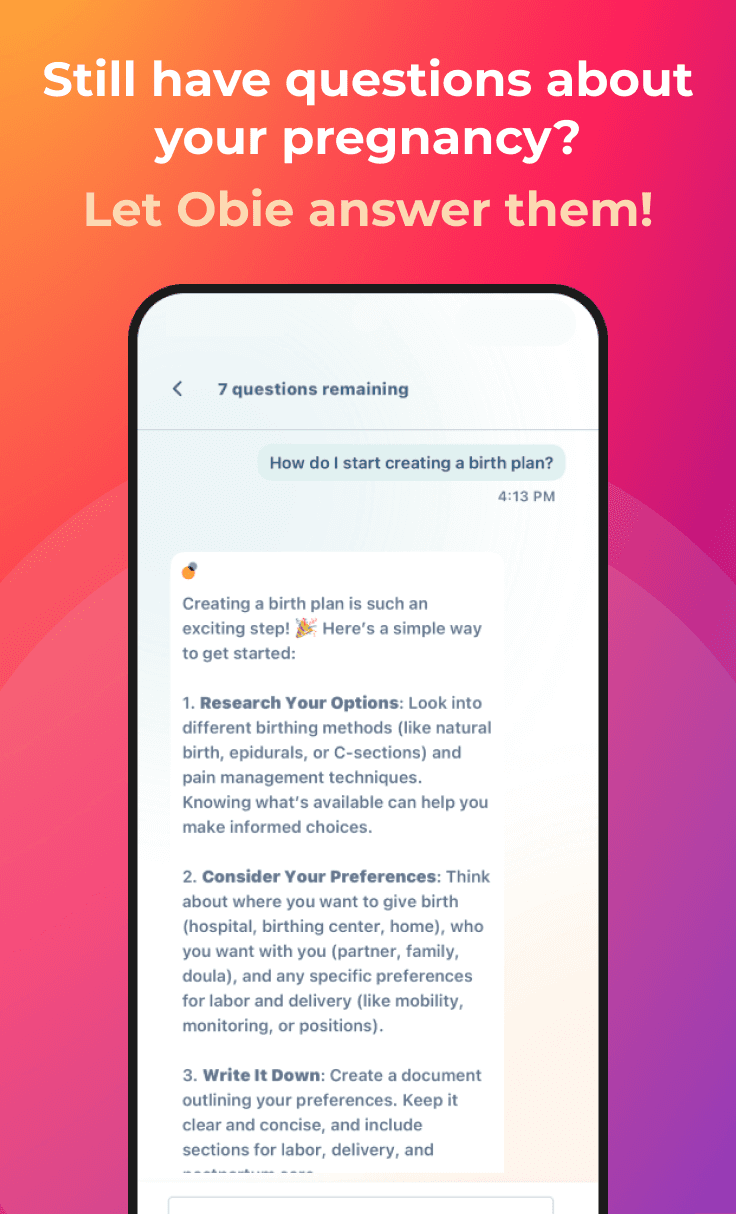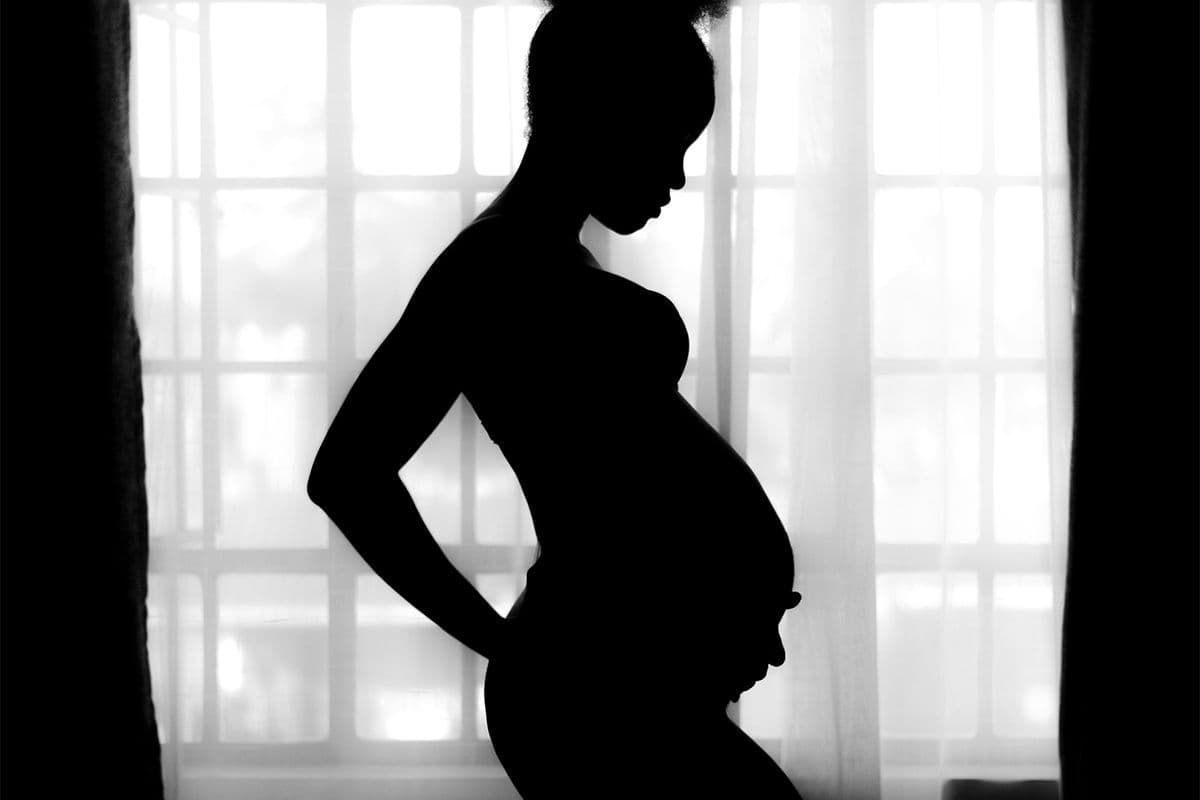The Latest News in Prenatal Screening
Prenatal Testing
Obie Editorial Team
 Modern science has created so many ways to “see” inside the womb that there are very few surprises associated with a new bundle of joy these days. The latest news in prenatal screening involves the science of genetics but a true picture of a developing baby’s health is best assessed when a suspicious DNA result is confirmed or discounted after a series of tests is performed.
Modern science has created so many ways to “see” inside the womb that there are very few surprises associated with a new bundle of joy these days. The latest news in prenatal screening involves the science of genetics but a true picture of a developing baby’s health is best assessed when a suspicious DNA result is confirmed or discounted after a series of tests is performed.
Family history often reveals a tendency toward genetic disease that helps an obstetrician determine which tests are most appropriate on an individual basis. Prenatal tests can now detect as many as 800 genetic disorders. Many of these tests can be done in the first trimester.
If fetal DNA testing indicates the need for further exploration, an amniocentesis or a chorionic villus sampling (CVS) can be performed for confirmation. Both these procedures involve removing tissue samples from within the placenta so they come with risks to the pregnancy, including miscarriage. Amniocentesis became a standard procedure for detecting Down’s syndrome, neural tube defects, lung maturity, and several other fetal problems after its introduction in the middle of the 20th century.
Today’s fetal DNA testing can be done from blood samples drawn from the mother without disturbance of the placenta, making it a much safer alternative. As it’s gaining more widespread use, the number of invasive tests, such as amniocentesis and CVS, is being reduced. A growing practice is to restrict use of them unless fetal DNA testing indicates the need for more in-depth testing.
Several fetal DNA testing techniques are in use and others in development. They rely on a small sample of blood from the mother, which contains traces of fetal DNA. Cell-free DNA from a developing fetus makes its way into the mother’s bloodstream, where it accounts for as much as 12 percent of the cell-free DNA in her bloodstream by the 10th week of pregnancy.
This cell-free DNA is tested for indications of fetal abnormalities but it is not considered a diagnostic tool at this time. Instead, it’s a marker that signals the need for further testing by way of amniocentesis or CVS only when genetic sequencing indicates the likelihood of abnormality.
When fetal abnormality is detected and confirmed, pregnancy termination might be considered. If the pregnancy progresses, the March of Dimes offers these recommendations to parents:
- Seek out the services of a physician specializing in high-risk pregnancy.
- Plan to have the baby at a hospital that includes a Level III neonatal intensive care unit (NICU) where the staff is trained to work with babies requiring special attention.
- Explore the option of C-section delivery, as some birth defects make vaginal delivery especially risky.
- Schedule a consulting appointment with a pediatrician specializing in your child’s medical condition.
- Turn to support groups comprised of other parents with children who share your child’s medical condition for comfort and education.
Source: Brody, Jane E. "Breakthroughs in Prenatal Screening." The New York Times. 7 Oct 2013. Web. 18 Oct 2013.









